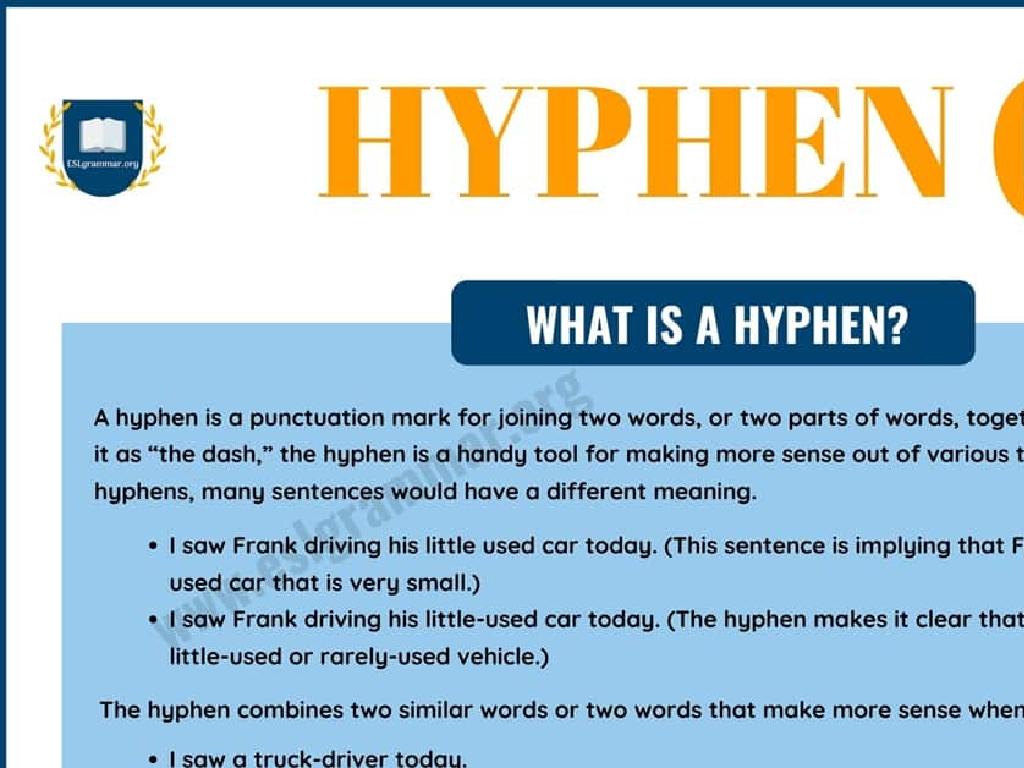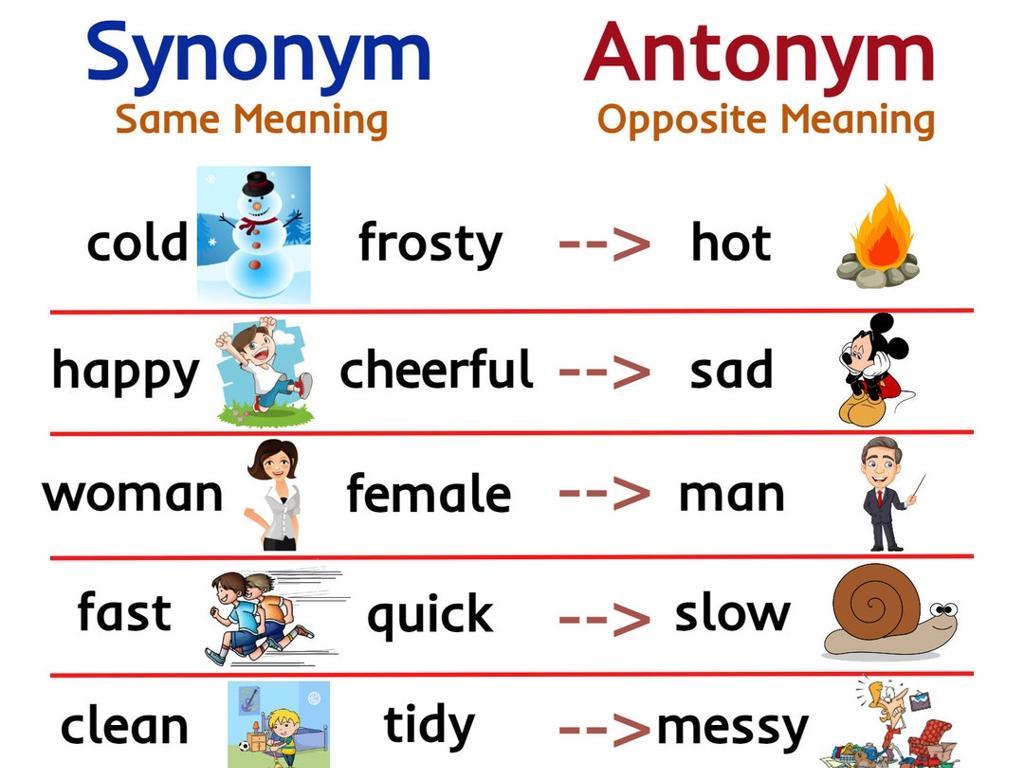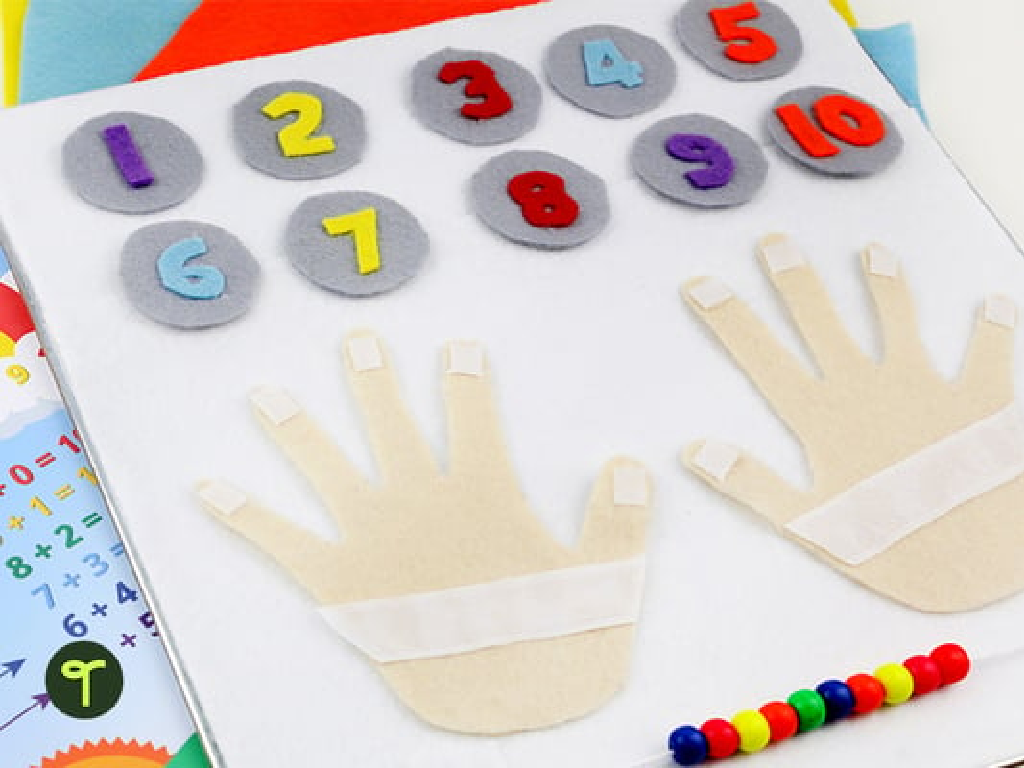Complete The Decimal Addition Or Subtraction Sentence
Subject: Math
Grade: Sixth grade
Topic: Add And Subtract Decimals
Please LOG IN to download the presentation. Access is available to registered users only.
View More Content
Introduction to Decimals
– What are decimals?
– Decimals represent fractions of a whole number.
– Decimals in daily life
– Used in money, measurements, and time.
– Significance of decimals
– Essential for accuracy in finance and science.
– Adding & subtracting decimals
– Basic operations with decimals are crucial.
|
Begin with a refresher on what decimals are and how they represent parts of a whole, which is a foundational concept in mathematics. Highlight where decimals appear in everyday life, such as in currency, measurements for cooking, and timekeeping, to help students relate to the material. Emphasize the importance of understanding decimals for accuracy in various real-life scenarios, including financial transactions and scientific calculations. Conclude by introducing the basic operations of addition and subtraction with decimals, setting the stage for more in-depth exploration of these skills in subsequent lessons.
Understanding Decimal Place Value
– Review place value for numbers
– Recall whole number places before the decimal point
– Identify decimal places
– Tenths, hundredths, thousandths are just after the decimal
– Compare digit values
– A digit in the tenths place is 10 times the value of the same digit in the hundredths place
– Practice with examples
– Use example: 3.47 – What value does each digit represent?
|
This slide aims to solidify the students’ understanding of decimal place value, which is crucial for performing decimal addition and subtraction accurately. Begin by reviewing the place value for whole numbers to ensure a strong foundation. Then, introduce the concept of decimal places, emphasizing the tenths, hundredths, and thousandths. Use visual aids like a place value chart to help students visualize the differences. Discuss how the value of a digit changes depending on its position relative to the decimal point. Provide examples for students to practice identifying the value of digits in various decimal places. Encourage students to explain their reasoning during practice to reinforce their understanding.
Adding Decimals Step by Step
– Align decimal points vertically
– Ensure each number’s decimal point is directly above or below another.
– Add numbers with place values in mind
– Start adding from the rightmost digit, just like whole numbers.
– Example: 0.75 + 1.2
– Align 0.75 and 1.20, then add to get 1.95.
– Practice with different decimal sums
|
This slide introduces students to the concept of adding decimals, emphasizing the importance of aligning decimal points and considering place value. Begin by explaining that, similar to whole numbers, decimals must be added with precision. Show how to align decimals by placing the decimal points in a column, which may involve adding zeros to ensure each place value lines up correctly. Use the example 0.75 + 1.2 to demonstrate the process, aligning it as 0.75 + 1.20 before adding. Encourage students to practice with additional problems, reinforcing the concept that proper alignment leads to accurate addition. Provide a variety of examples with different decimal places for students to try.
Subtracting Decimals
– Align decimal points vertically
– Step-by-step subtraction
– Subtract like regular numbers after alignment
– Example: 2.5 – 0.98
– 2.5 becomes 2.50, subtract 0.98, calculate 2.50 – 0.98
– Practice with similar problems
– Try 3.3 – 1.27 or 4.5 – 2.35 for homework
|
When teaching decimal subtraction, emphasize the importance of aligning the decimal points to ensure accurate calculations. Walk through the subtraction process step by step, just as with whole numbers, borrowing when necessary. Use the example 2.5 – 0.98 to illustrate the process, showing how to line up the decimals and add a zero to make it 2.50 for easier calculation. Encourage students to practice with additional problems, adjusting the difficulty based on their comfort level. Provide several examples for homework to reinforce the concept.
Completing Decimal Addition & Subtraction Sentences
– Understanding ‘complete the sentence’
– Finding missing decimals with addition
– Use addition to solve for the blank space
– Finding missing decimals with subtraction
– Use subtraction to solve for the blank space
– Example: 3.4 + ___ = 4.9
– What number added to 3.4 gives you 4.9?
|
This slide introduces the concept of completing sentences in the context of decimal addition and subtraction. The goal is to help students understand how to find the missing number in a sequence of decimals. Start by explaining that ‘completing the sentence’ means finding the missing piece of information that makes the sentence true. Then, demonstrate how to use addition to find the missing decimal when the other two numbers are known. Similarly, show how subtraction can be used when the sum and one of the addends are known. Use the example provided to walk through the process step by step, ensuring students understand how to arrive at the missing number. Encourage students to practice with additional examples and to check their work by reversing the operation.
Decimal Addition & Subtraction Practice
– Solve problems as a class
– Apply knowledge to complete sentences
– Use the methods we’ve learned to find the sum or difference
– Explain your solution steps
– Walk us through how you arrived at your answer
– Share and discuss different methods
– Understanding that there can be multiple ways to solve a problem
|
This slide is aimed at reinforcing the students’ understanding of decimal addition and subtraction through practice problems. The class will work together to solve problems, allowing students to apply their knowledge in a supportive environment. Encourage students to articulate their thought process as they complete each sentence, which will help them and their peers understand different approaches to solving the problems. Emphasize the importance of explaining their reasoning, as this can lead to deeper comprehension and the ability to tackle more complex problems in the future. Prepare to facilitate a discussion where students can share and compare different methods of solving the same problem, fostering a collaborative learning atmosphere.
Group Activity: Solve the Mystery Decimal
– Engage in ‘Solve the Mystery Decimal’
– Receive decimal problems set
– Each group gets unique problems
– Find answers to reveal a number
– Answers are parts of a mystery number
– Arrange answers sequentially
– Place the decimals in the correct order
|
This class activity is designed to encourage collaboration and apply decimal addition and subtraction skills. Divide the class into small groups and provide each with a unique set of decimal problems. The correct answers, when arranged in a specific sequence, will reveal a mystery number. This activity not only reinforces their computational skills but also promotes critical thinking as they determine the correct order of the numbers. For the teacher: Prepare sets of problems with varying difficulty to cater to different skill levels. Ensure that each set of answers aligns to form a sequence that reveals a distinct number. During the activity, circulate to offer guidance and ensure that each group is on track. After the activity, discuss the different strategies students used to solve the problems and arrange their answers.
Wrapping Up: Decimals Addition & Subtraction
– Recap decimal addition/subtraction
– Review key steps for adding and subtracting decimals.
– Emphasize accurate decimal placement
– Correct decimal placement ensures precise calculations.
– Preview: Multiplying/Dividing Decimals
– Get excited for our next adventure: multiplying and dividing decimals!
– Practice makes perfect
|
As we conclude today’s lesson, it’s important to review the steps we’ve learned for adding and subtracting decimals. Emphasize to students the importance of lining up the decimal points to maintain accuracy in their calculations. Looking ahead, give students a sneak peek into the next lesson where they will learn to multiply and divide decimals. This will build upon their understanding of decimal placement and operations. Encourage students to continue practicing these skills, as mastery comes with repetition and diligence. Provide additional practice problems for homework to reinforce today’s lesson.






